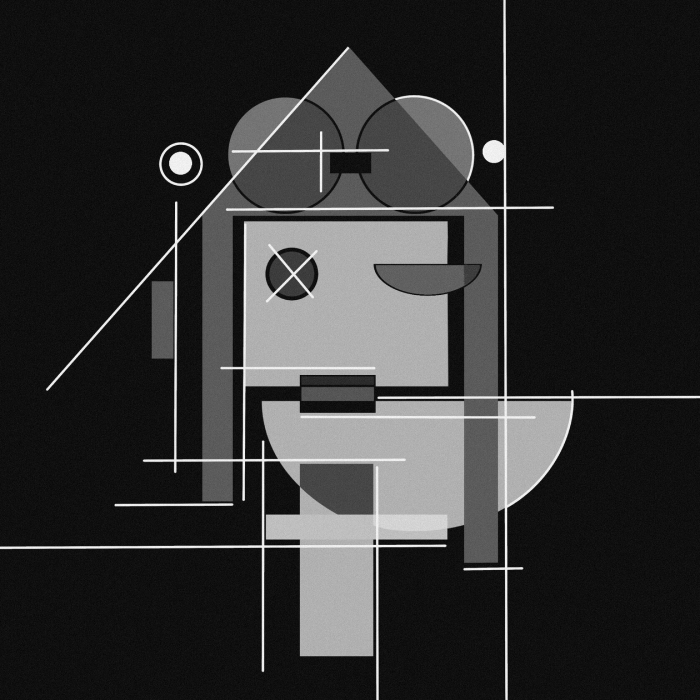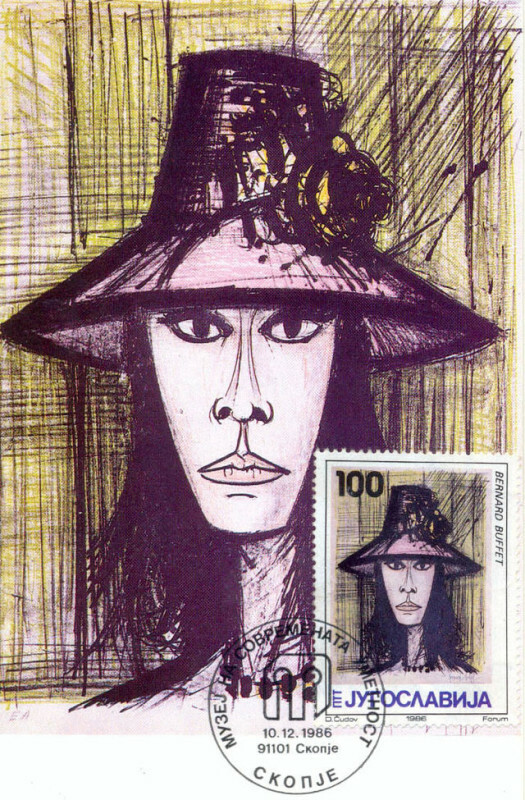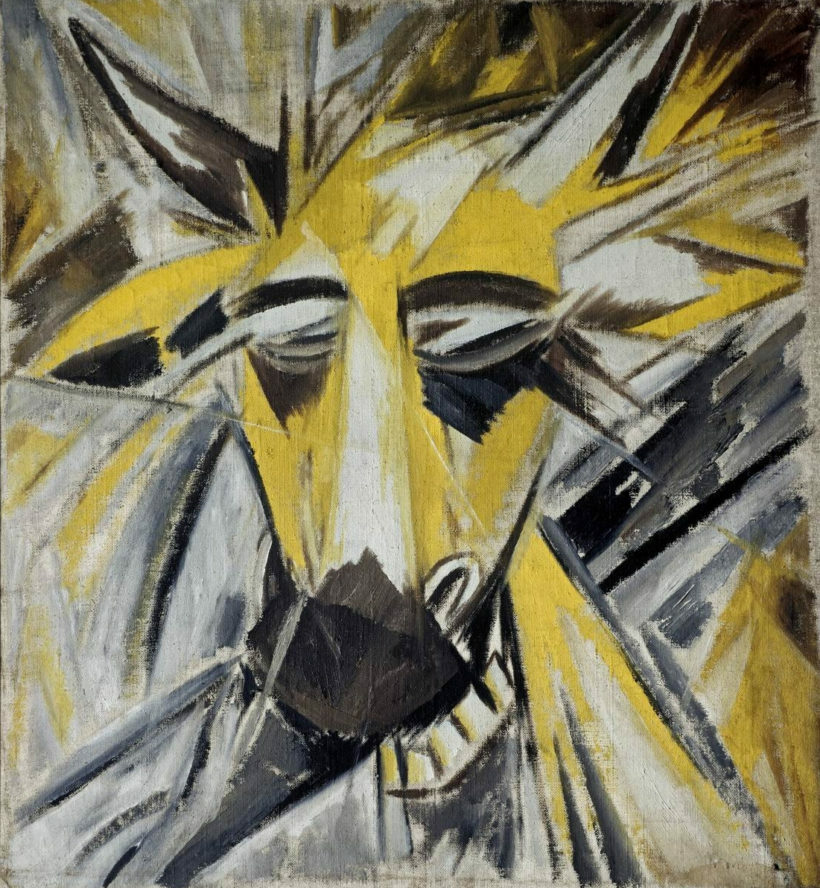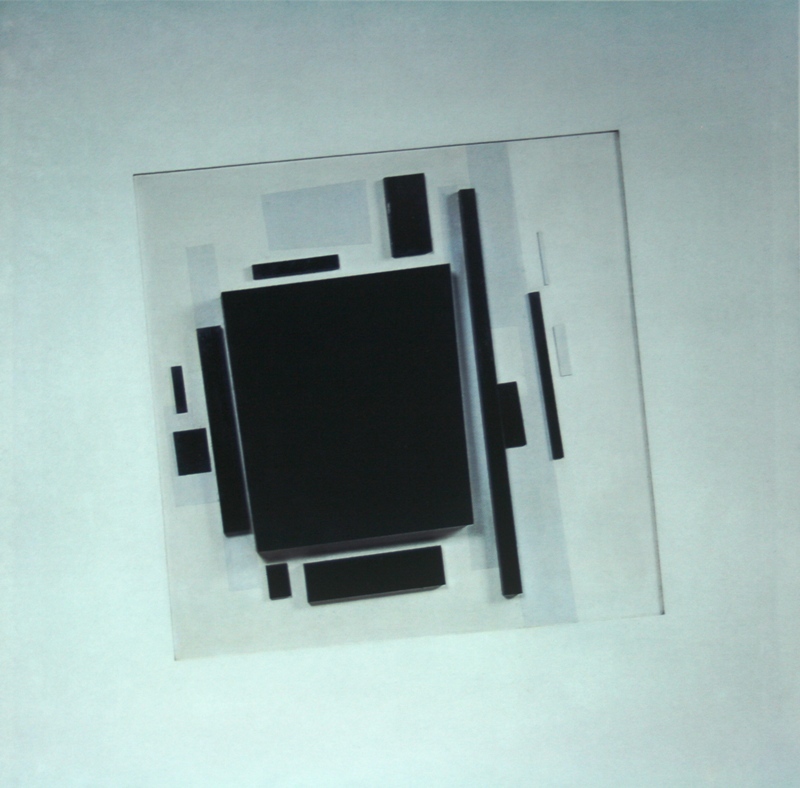SupremePunk #122

Dark Carapace
This Punk is inspired by CryptoPunk #1433 and the work of Bernard Buffet. French artist and graphic artist, lithographer and sculptor, the creator of an original clearly expressed sketch style that combined avant-garde painting with salon art. He was recognized by the age of twenty for his works that conveyed a melancholic mood and reflected the atmosphere in society after World War II. B. Buffet was recognized during his lifetime, was awarded many prestigious prizes and awards. Several paintings from the series "The Passion of Christ" are in the Vatican Museum (Collection of Modern Religious Art), the artist, who painted over 8 thousand works, is represented in dozens of the best museums in the world. There are museums of the artist in France and Japan.

Bernard Buffet — The Woman in the Pink Hat, 1967
The SupremePunk is inspired by Buffet's painting "The Woman in the Pink Hat". Like all other works of the artist, this portrait is characterized by simplicity of style. The painting is somewhat brighter in comparison with most of his other works. However, it completely lacks any emotions. It rather resembles a passport photo. SupremePunk, like Buffet's painting, depicts the image of a person in profile. Like Buffet, the painting is depicted in a sketchy and simple style. The color scheme of the painting is strict and concise. The main center of the composition is clearly highlighted. Due to the white bright stripes, the composition of the painting is a bit chaotic and unstable. A similar pictorial technique can be found among Cubist artists of the early 20th century.

Mikhail Larionov — Bull Head, 1913
In the early 1910s, Mikhail Larionov and Natalia Goncharova created a new artistic concept – luchism, the essence of which was outlined in a brochure-manifesto under the same name. The birth of the idea was influenced by modern discoveries in physics: radioactivity, X-rays. Larionov believed that painting should be built according to its own laws, based on the color line and texture. The artist reasoned: "... if we want to write literally what we see, then we must write the sum of the rays reflected from the object." But since our eyes are affected by rays falling not only on this object, but also on the objects closest to it, the artist must "mentally" comprehend, imagine and, accordingly, depict its "radiant appearance". The ray is conventionally depicted with a color line, and thus, Larionov argues, the essence of the painting itself can best be revealed – "the combination of color, its saturation, the ratio of color masses, depth, texture on all this." The "Bull's head" is written according to the positions stated in the manifesto. This principle of shaping seems to dissolve the object, preserving only partially recognizable forms.

Ilya Chashnik — Suprematist Relief, 1920
Due to the change in the tone of the color planes, the planned and tiered work is felt. Such techniques were used by supremacist artists when writing their works. One of such works is Ilya Chashnik's three–dimensional painting "Suprematist Relief". A multi-tiered composition only at first glance has two colors. The volume of the relief is achieved by shades of gray, which creates the effect of translucent glass - there are also some well-readable, albeit pale figures and elements under it. The unfolded light square, as well as bluish-gray figures support the black fragments in such a way that they do not seem heavy or pressing on the light background. The work clearly traces the idea of the "culture of magnetic forces, dynamic excitation and rhythm" set forth in the theoretical treatise.

Buy

Gallery:
CryptoPunk #1433 that has been taken as a base

Your transaction is in progress

You have connected to the wrong network

Transaction is successful!


